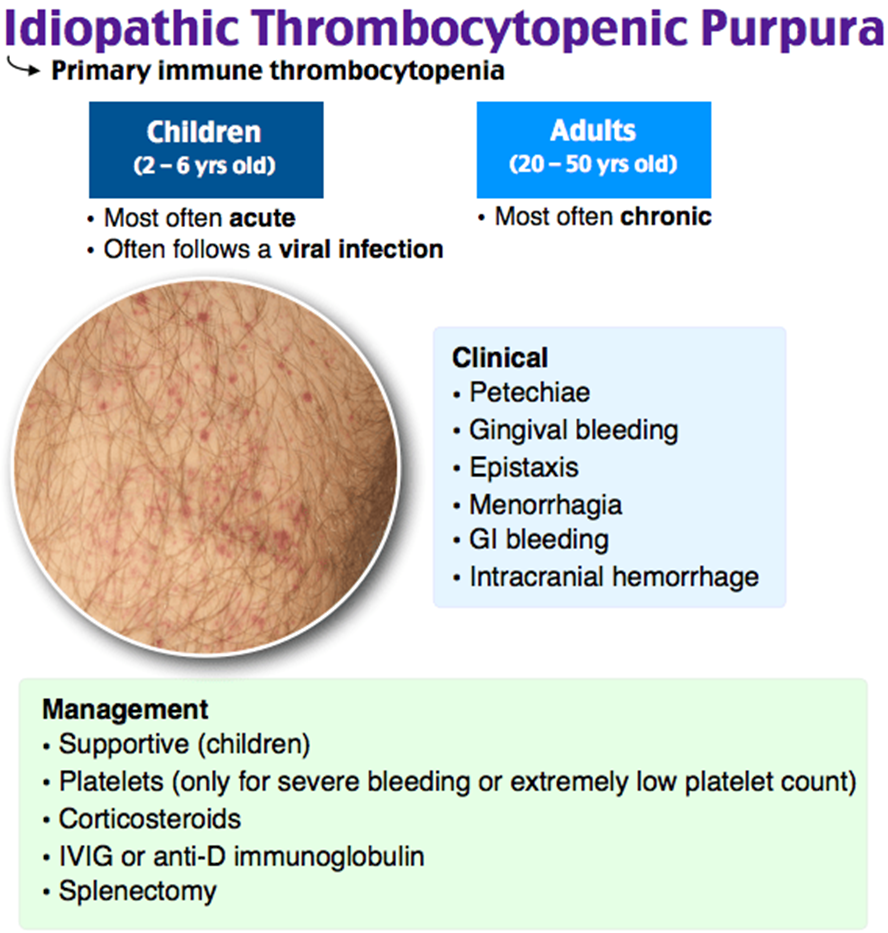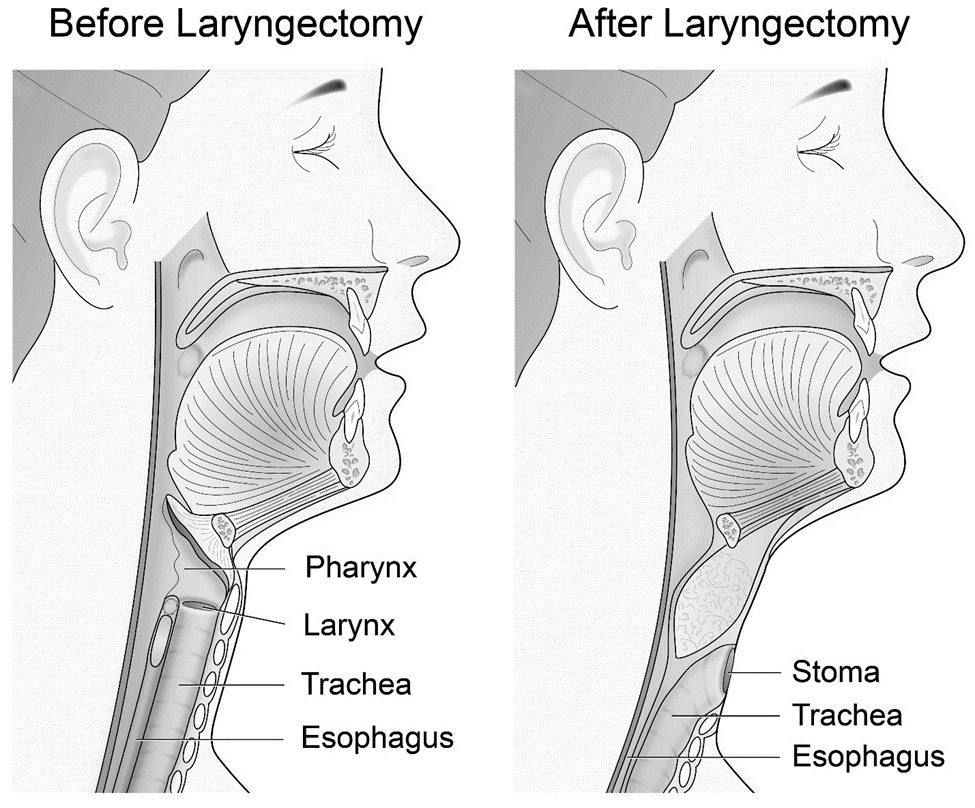A nurse is reviewing the laboratory findings for a client who has idiopathic thrombocytopenic purpura (ITP). Which of the following findings should the nurse expect to be decreased?
RBC
Platelets
Granulocytes
WBC
The Correct Answer is B
A. RBC (Red Blood Cells): ITP primarily affects platelet levels, not red blood cells. Therefore, red blood cell counts are not typically decreased in ITP.
B. Platelets: This is the correct answer. ITP is characterized by a low platelet count due to immune-mediated destruction of platelets. A decreased platelet count can lead to an increased risk of bleeding.
C. Granulocytes: While ITP primarily affects platelets, it does not have a direct impact on granulocyte counts. Granulocytes are a type of white blood cell.
D. WBC (White Blood Cells): ITP primarily affects platelets, not white blood cells. Therefore, white blood cell counts are not typically decreased in ITP.

Nursing Test Bank
Naxlex Comprehensive Predictor Exams
Related Questions
Correct Answer is B
Explanation
A. Providing immediate rest for the client: Rest is important, but in the context of an acute asthma exacerbation, addressing the underlying respiratory distress is the priority.
B. Administering a nebulized beta-adrenergic agonist: This is the correct answer. Beta-adrenergic agonists, such as albuterol, are bronchodilators that help relieve bronchoconstriction and improve airflow. Administering a nebulized beta-adrenergic agonist is a key intervention during an acute asthma exacerbation to alleviate symptoms and improve respiratory function.
C. Positioning the client in high-Fowler's: While positioning can assist with respiratory effort, administering a bronchodilator is a more direct and immediate intervention to relieve airway obstruction.
D. Initiating oxygen therapy: While oxygen therapy may be necessary, addressing bronchoconstriction with a beta-adrenergic agonist is the primary intervention during an acute asthma exacerbation.
Correct Answer is C
Explanation
A. Tissue integrity: While assessing tissue integrity is important, ensuring airway patency takes precedence in the immediate postoperative period, especially following a procedure involving the larynx. Maintaining a patent airway is a critical priority.
B. Pain severity: Pain assessment is important, but it is not the primary concern immediately postoperatively in the context of a partial laryngectomy. Airway patency is of higher priority.
C. Airway patency: This is the correct answer. Following a partial laryngectomy, there may be concerns related to airway compromise due to the surgical procedure. The nurse should assess the airway first to ensure there are no obstructions or complications affecting the client's ability to breathe.
D. Wound drainage: While assessing wound drainage is important for monitoring surgical sites, it is not the first priority in the immediate postoperative period following a partial laryngectomy. Airway patency is a more critical concern.

Whether you are a student looking to ace your exams or a practicing nurse seeking to enhance your expertise , our nursing education contents will empower you with the confidence and competence to make a difference in the lives of patients and become a respected leader in the healthcare field.
Visit Naxlex, invest in your future and unlock endless possibilities with our unparalleled nursing education contents today
Report Wrong Answer on the Current Question
Do you disagree with the answer? If yes, what is your expected answer? Explain.
Kindly be descriptive with the issue you are facing.
